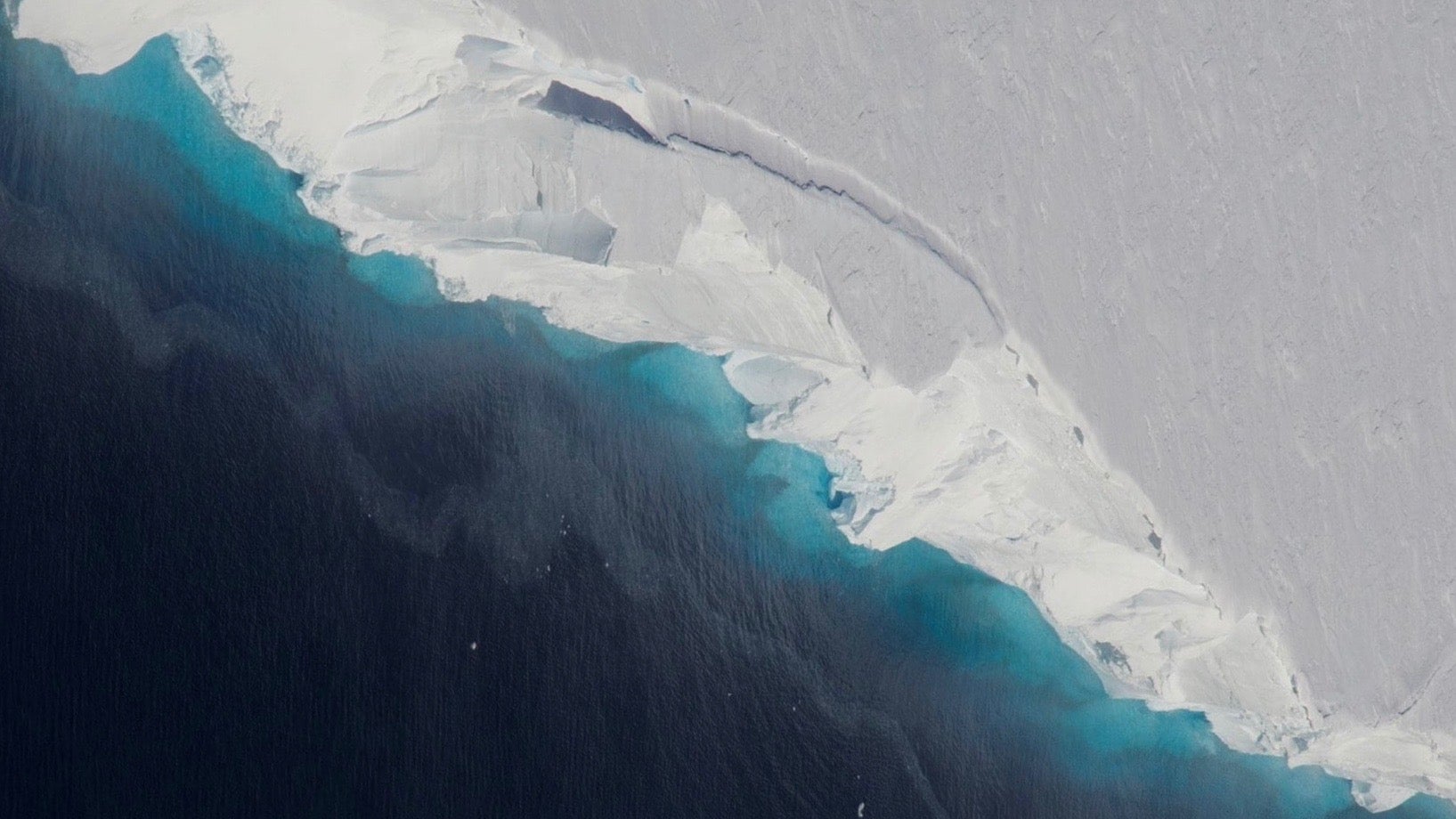Surprise, there’s a six-mile hole under Antarctica
No one likes a surprise void. Especially not a void where ice is supposed to be. Especially not in the glacier that already plays the largest role of any single glacier’s in sea-level rise.


No one likes a surprise void. Especially not a void where ice is supposed to be. Especially not in the glacier that already plays the largest role of any single glacier’s in sea-level rise.
The void—or the “cavity,” as radar scientists put it—is in the Thwaites glacier, a troublesome mass of ice on the highly troublesome West Antarctic ice sheet. Melting from Thwaites is currently responsible for an estimated 4% of global sea-level rise. That’s before accounting for the surprise cavity.
Researchers found the cavity thanks to ice-penetrating radar attached to NASA’s Operation IceBridge aircraft, along with data from Italian and German Earth-observing satellites. They published their findings in Science Advances last week. The most disconcerting aspect of the discovery is the sheer size of the empty space where ice should be, and the fact that it only began growing sometime between 2011 and 2016, which suggests it is growing at an “explosive” rate, according to a NASA Jet Propulsion Laboratory press release accompanying the paper.
The void is now roughly six miles (9.5 km) long and 1,000 feet (300 meters) deep. That empty space represents the loss of about 14 billion metric tons of ice.
The size of the cavity is alarming, because it contributes to a feedback loop of doom—a death spiral for the glacier, if you will: The bigger the cavity, the more water can touch the glacier from below, causing melt to speed up.
“This is the ocean eating away at the ice,” Eric Rignot, one of the authors of the study and a professor of Earth system science at the University of California-Irvine, told the New York Times. “It’s a direct impact of climate change on the glacier.”
The Thwaites glacier is a “threshold” system, which means that once it reaches a certain point in its crumbling, it will be destabilized. Once destabilized, there’s no going back; it will fall apart. If Thwaites melts down completely—which models predict is possible within 50-100 years, according to NBC— sea levels could rise by two feet on average across the globe.
And if Thwaites falls apart, it could trigger the destabilization of the rest of the West Antarctic ice sheet.
As Jeff Goodell put it in Rolling Stone, a complete collapse of Thwaites would be a doomsday scenario:
When a chunk of ice the size of Pennsylvania falls apart, that’s a big problem. It won’t happen overnight, but if we don’t slow the warming of the planet, it could happen within decades. And its loss will destabilize the rest of the West Antarctic ice, and that will go too. Seas will rise about 10 feet in many parts of the world; in New York and Boston, because of the way gravity pushes water around the planet, the waters will rise even higher, as much as 13 feet.
The prospect of a Thwaites collapse is terrifying enough for some scientists to propose artificially propping it up. In 2018, a pair of researchers put forth the idea of building an artificial sill—a sort of crutch—to hold it back, but also acknowledged that humanity’s engineering ability is probably not at that level yet. “An ice sheet intervention today would be at the edge of human capabilities,” they wrote. “The easiest design that we considered would be comparable to the largest civil engineering projects that humanity has ever attempted.”
This article has been updated with the correct link to the Science Advances paper.